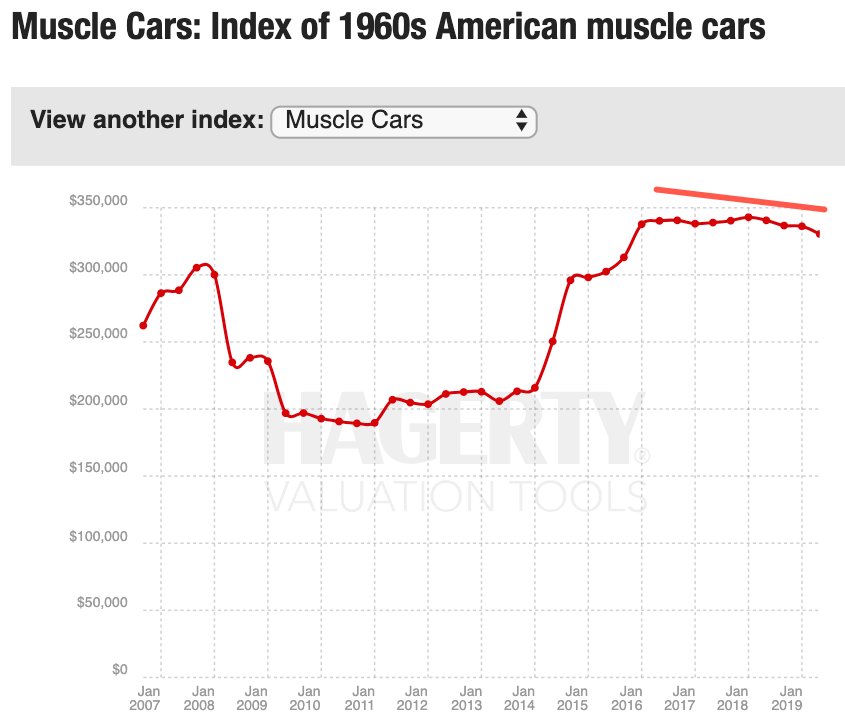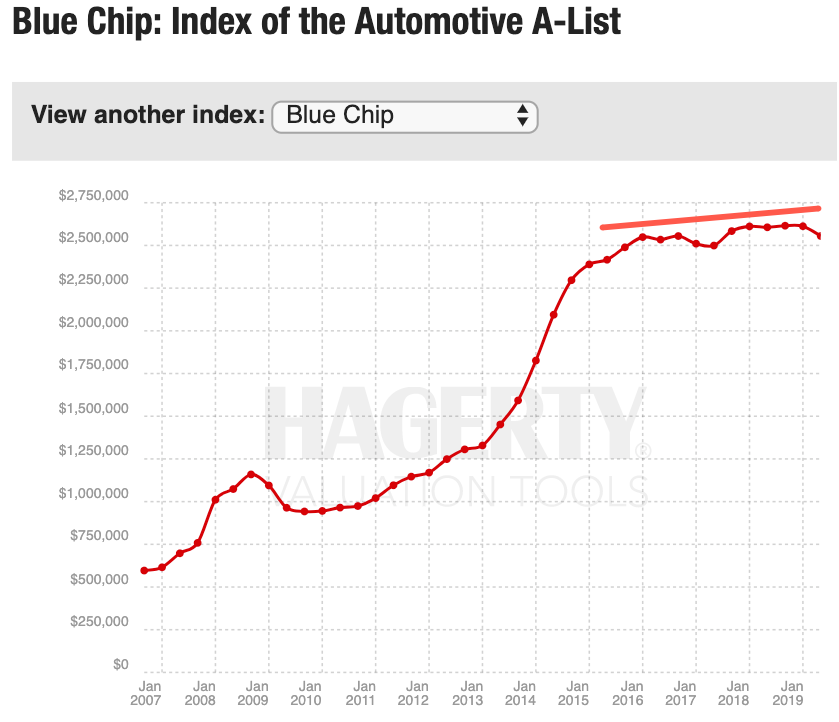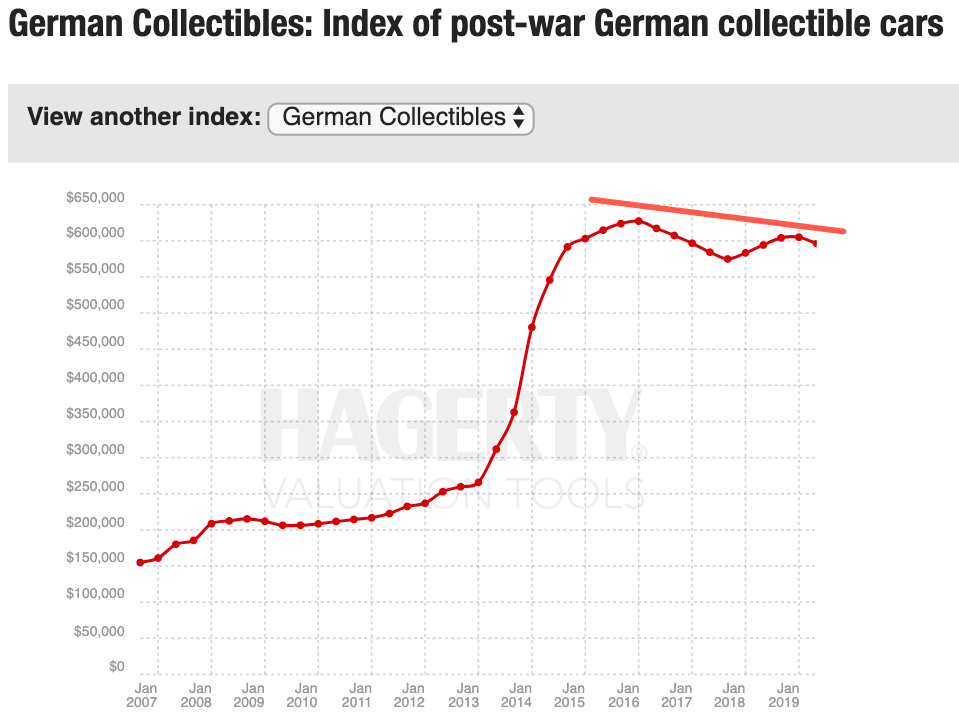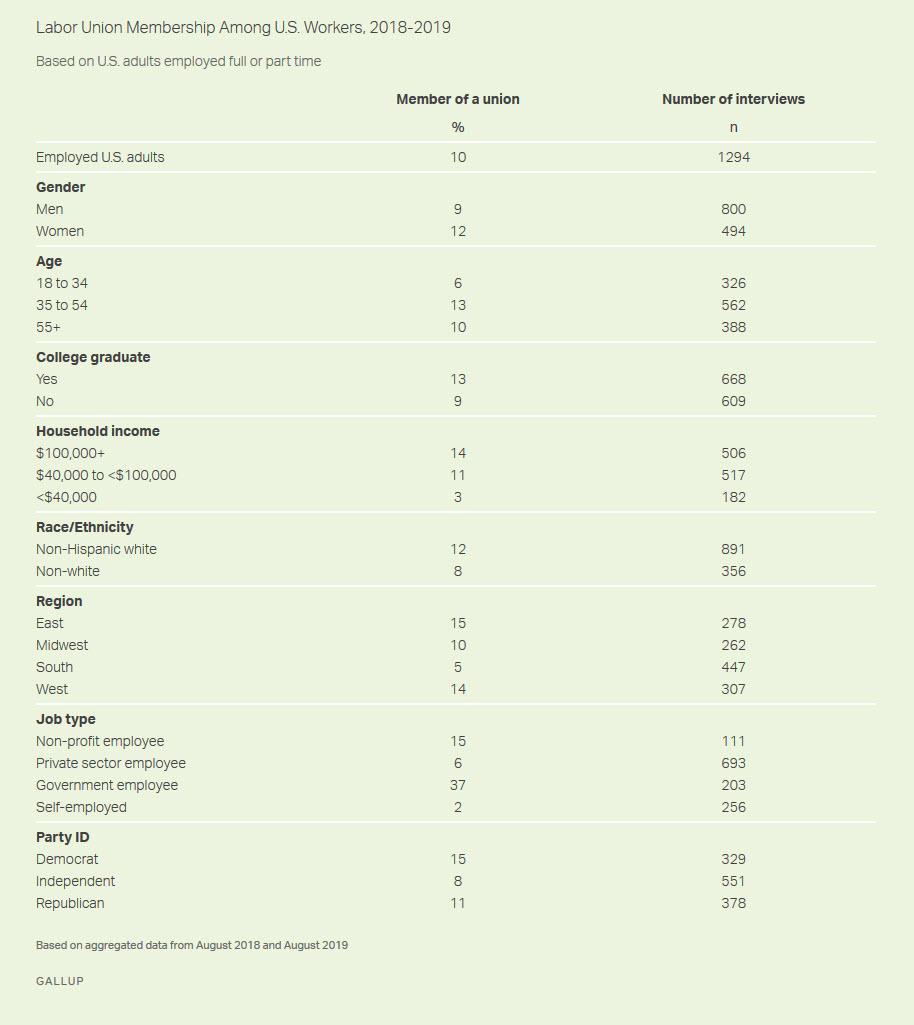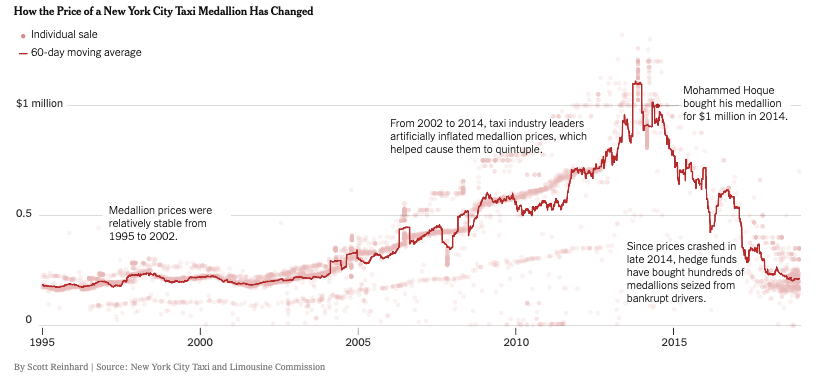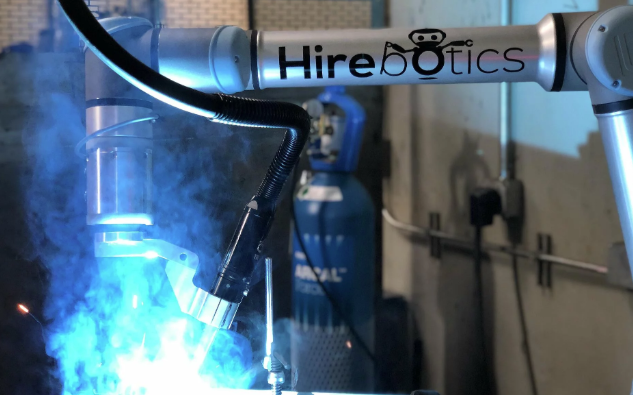
In two unanimous rulings issued over the last week, the US Court of Appeals for the Fifth Circuit ruled that criminal court judges in New Orleans, Louisiana have an unconstitutional conflict of interest, because the money collected from fees and fines imposed on defendants goes to subsidize their courts’ operations. Nick Sibilla of the Institute for Justice summarizes the two cases in an article for Forbes:
Due to their “institutional interest” in generating court revenue (a “substantial portion” of their budget), the judges of the Orleans Parish Criminal District Court “failed to provide a neutral forum,” which in turn violated the constitutional right to due process.
The first case, Cain v. White, centered around half a dozen criminal defendants who pled guilty and subsequently faced fines and fees ranging from $148 to $901.50. When they couldn’t pay up, OPCDC authorized warrants for their arrest, threw them in jail, and set their bond at $20,000….
Distressingly, some of the fines and fees were deposited into a “Judicial Expense Fund,” which the Orleans Parish judges have “exclusive authority” over. One quarter of the Fund’s revenue—around $1 million—comes directly from the fines and fees the court collects. Though judges can’t use the Fund to pad their own salaries, they can use it to pay the salaries and benefits of court personnel, as well as a wide array of miscellaneous expenses, including conferences, coffee, drug testing, and pest control.
In a similar vein, the second decision, Caliste v. Cantrell, involved a Louisiana law that sent 1.8% of a commercial bail bond’s value towards the same Fund. As the Fifth Circuit noted, “The bond fees are a major funding source for the Judicial Expense Fund, contributing between 20–25% of the amount spent in recent years.”
Judge Gregg Costa’s opinion in Caliste summarizes the legal issue involved:
“No man can be judge in his own case.” Edward Coke, INSTITUTES OF THE LAWS OF ENGLAND, § 212, 141 (1628). That centuries-old maxim comes from Lord Coke’s ruling that a judge could not be paid with the fines he imposed. Dr. Bonham’s Case, 8 Co. Rep. 107a, 118a, 77 Eng. Rep. 638, 652 (C.P. 1610). Almost a century ago, the Supreme Court recognized that principle as part of the due process requirement of an impartial tribunal. Tumey v. Ohio, 273 U.S. 510, 523 (1927).
This case does not involve a judge who receives money based on the decisions he makes. But the magistrate in the Orleans Parish Criminal District Court receives something almost as important: funding for various judicial expenses, most notably money to help pay for court reporters, judicial secretaries, and law clerks. What does this court funding depend on? The bail decisions the magistrate makes that determine whether a defendant obtains pretrial release. When a defendant has to buy a commercial surety bond, a portion of the bond’s value goes to a fund for judges’ expenses. So the more often the magistrate requires a secured money bond as a condition of release, the more money the court has to cover expenses. And the magistrate is a member of the committee that allocates those funds….
“Every procedure which would offer a possible temptation to the average man as a judge to forget the burden of proof required to convict the defendant… denies the latter due process of law.” [Tumey, 273 U.S.] at 532…..
Judge Cantrell has a direct and personal interest in the fiscal health of the public institution that benefits from the fees his court generates and that he also helps allocate….
His dual role—the sole source of essential court funds and an appropriator of them—creates a direct, personal, and substantial interest in the outcome of decisions that would make the average judge vulnerable to the “temptation . . . not to hold the balance nice, clear, and true.” Tumey, 273 U.S. at 532. The current arrangement pushes beyond what due process allows.
Judge Costa rightly emphasizes that the proper standard should be a conflict that would be a source of temptation for the “average man,” not one that assumes that judges are better able to withstand temptation than mere mortals.
It is perhaps worth noting that the judges who joined in these rulings span the political spectrum. Judge Costa is a liberal Obama appointee, as is Judge Graves, author of Caine v. White. But Judge James Ho, who joined in the court’s opinion in Caine is a conservative appointed by Trump. Reagan appointee Judge Edith Jones, who joined the ruling in Caliste, is, in my view, the most conservative judge on the Fifth Circuit, if not in the entire federal appellate judiciary; she is not generally known for rulings favoring criminal defendants.
The specific funding system in the New Orleans cases may be unusual. But as Sibilla explains, similar conflicts of interest exist in other parts of the criminal justice in many states. He notes the examples of local governments and judicial systems that use court fees and fines as “ATMs” to finance their operations, such as the notorious abuses of power a 2015 Justice Department report documented in Ferguson, Missouri.
Another common scenario arises from asset forfeiture policies under which police forces get to keep the profits from assets confiscated from owners on the theory that they may have been used in the commission of a crime—including in many cases where the owner was never even charged with an offense, much less convicted. In many jurisdictions, asset forfeitures are carried out with little opportunity for owners to challenge the seizures. The problem has been exacerbated by the Trump Administration’s reinstatement of the “equitable sharing” program, under which the federal government helps state and local police forces circumvent state law limitations on asset forfeitures, and thereby keep more loot for themselves.
Last year, a federal court in New Mexico struck down a particularly egregious asset forfeiture program in Albuquerque because it violated due process, by creating a conflict of interest. Hopefully, the two recent Fifth Circuit decisions will help generate momentum for further rulings along the same lines.
If it is a violation of due process for judges to indirectly profit from their own rulings, the same reasoning applies to cops who similarly profit from the fines and asset forfeitures they impose on citizens. In fairness, one can argue that conflicts of interest on the part of police and other law enforcement officers are not as egregious as those that involve judges, because the former do not make final decisions about the fate of the accused. But, in many situations, decisions by police have an enormous impact on the outcome, especially given that judges and prosecutors often defer to the police on various issues. That is particularly true in the case of asset forfeitures, where procedures make it extraordinarily difficult for owners to recover their assets once police have made the initial decision to seize them. Like judges, police exercise enormous discretion over the fate of suspects—discretion that should be free of self-interested temptations that are likely to bias the decision-making of “the average man.”
As the Fifth Circuit explains, the legal principles involved here have deep roots in the Anglo-American legal tradition’s conception of “due process.” But they are also just basic common sense. It’s dangerous to have judges—and police officers—who stand to profit from imposing fees and fines on people, or from seizing their property. Not because judges and cops are unusually bad people, but because they are subject to the same temptations as the rest of us.
NOTE: I clerked at the Fifth Circuit many years ago (for a judge who was not on either of these panels). I know both Judge Ho (who clerked for the same judge as I did, two years before me, and helped interview me for the clerkship position), and Judge Jones (whose chambers were down the hall from those of my own judge). I do not believe these connections bias my views of the two cases—both of which were decided long after I ceased to be a Fifth Circuit clerk. But I thought I would note this history here, nonetheless. A post about conflicts of interest should probably err on the safe side in such matters!
from Latest – Reason.com https://ift.tt/2ZyA0nf
via IFTTT
